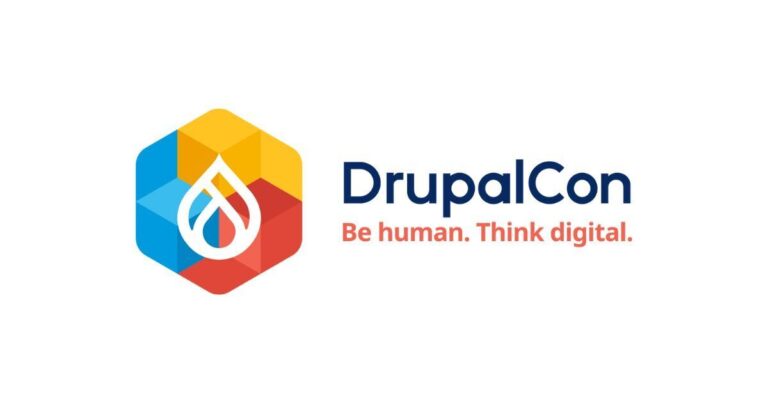Zero Trust Architecture (ZTA) has become a buzzword in the cybersecurity world, but it’s more than just a trend. Zero trust is a security model that assumes that no user, device, or network should be trusted by default, regardless of whether it is inside or outside the corporate network. Every request for access to resources is treated as potentially malicious, and users must continually verify their identity and authorization before accessing sensitive data.
Identity and Access Management (IAM) is a critical security strategy that allows organizations to manage user identities and control access to sensitive resources. By implementing robust IAM solutions, businesses can ensure that only authorized users have access to the data and systems they need to perform their roles. IAM tools allow organizations to define roles and responsibilities and grant specific permissions based on these criteria.
AI-Driven Protection: Redefining Threat Detection
Data encryption is another critical component of next-gen digital security strategies. In today’s world, data is one of the most valuable assets, and securing it from unauthorized access is paramount. Advanced encryption methods, such as end-to-end encryption and quantum-safe encryption, are gaining traction as businesses look for ways to keep their data protected from evolving cyber threats.
One of the key benefits of AI in digital security is its ability to learn from past incidents and continuously improve its threat detection capabilities. For instance, AI can study patterns from past cyberattacks, helping predict future threats by detecting similar attack methods or behaviors. By leveraging AI-powered systems, organizations can reduce the time it takes to detect and respond to security breaches, minimizing damage and downtime. As these AI solutions evolve, they are becoming more sophisticated, able to identify complex attack patterns that would otherwise go undetected by traditional systems.
Advanced Encryption Techniques for
This approach significantly reduces the risk of unauthorized access and lateral movement by attackers within the network. By implementing ZTA, organizations can adopt a more proactive security posture, ensuring that only authorized users and devices can access critical systems. This method also helps prevent common cybersecurity threats like phishing, social engineering, and credential theft. Zero Trust works by continuously monitoring all access requests, validating every user, device, and network at every stage of their activity within the system.
By continuously monitoring user behavior and analyzing actions such as login patterns, document access, and system interactions, organizations can detect unusual behavior that may indicate compromised accounts or insider threats. For example, if an employee’s behavior deviates from their typical patterns like accessing sensitive files they don’t usually use—this could trigger an alert for further investigation. With the power of AI and machine learning, these systems can flag potentially harmful actions before they escalate, allowing organizations to take immediate action and mitigate risks.
Real-Time User Behavior Monitoring
In addition to proactive threat intelligence, organizations must also have a robust incident response plan in place. This plan should outline how to identify, contain, and recover from a security breach, ensuring that the organization can quickly respond to threats and minimize the impact of an attack. A well-documented and practiced incident response plan can dramatically reduce the time it takes to recover from a breach, reducing potential losses and reputational damage.
Modern security strategies now go beyond traditional firewall protections and antivirus software. With the rapid pace of technological advancements, including AI, machine learning, and automation, businesses must implement comprehensive security measures that can predict, detect, and respond to potential threats in real-time. Relying on outdated methods or merely reacting to breaches is no longer an option in today’s high-stakes digital environment.
Zero Trust Architecture: The New Standard
Proactive threat intelligence is a key component of modern digital security. Threat intelligence platforms collect, analyze, and share information about emerging cyber threats, enabling organizations to anticipate and prepare for potential attacks. By leveraging threat intelligence, businesses can stay ahead of cybercriminals and better protect their systems and data.
Data Loss Prevention (DLP) is another essential component of next-gen security strategies. DLP tools monitor and prevent the unauthorized sharing or movement of sensitive data, both inside and outside the organization. These tools can detect when confidential data is being transferred to unauthorized devices, email addresses, or cloud services, ensuring that critical information remains secure.
Identity and Access Management (IAM): Controlling Access
The digital landscape continues to evolve, and so do the threats that organizations face. To stay ahead of the curve, businesses must adopt next-gen security strategies that leverage cutting-edge technologies like AI, advanced encryption, and real-time monitoring. By implementing these strategies, organizations can protect their digital assets, ensure business continuity, and maintain the trust of their customers.
By Gary Bernstein
Data Loss Prevention (DLP): Safeguarding Sensitive Information
End-to-end encryption ensures that data is encrypted during transit, preventing unauthorized interception. This method ensures that only the intended recipient has the key to decrypt and access the data, making it impossible for third parties to intercept and read sensitive information. With the rise of quantum computing, businesses are also turning to quantum-safe encryption, a next-gen solution that promises to protect data against future threats posed by quantum computing. By employing these advanced encryption techniques, businesses can bolster their defense mechanisms and stay ahead of potential vulnerabilities.
In an increasingly digital world, protecting your organization from evolving security threats has never been more critical. As businesses continue to shift operations online, the need for robust security frameworks has skyrocketed. The rise of next-gen technologies is reshaping the way organizations approach digital protection, offering advanced solutions that are smarter, faster, and more adaptive than ever before.
Proactive Threat Intelligence and Response
As digital security threats become more sophisticated, the future of protection will rely on continuous innovation and proactive defense mechanisms. Businesses that embrace these technologies and strategies will be better positioned to safeguard their systems and data in an increasingly interconnected world. With a strong digital security strategy in place, organizations can confidently face the future, knowing they are equipped to defend against whatever threats may arise.
AI-driven tools are at the forefront of the digital security revolution. These tools use machine learning algorithms to analyze vast amounts of data, identify patterns, and detect anomalies that may signal potential security threats. Unlike traditional security systems that rely on predefined rules, AI-driven solutions can adapt to new and emerging threats, offering dynamic protection against cyberattacks. The ability to detect threats in real-time makes these tools invaluable in preventing breaches before they escalate into full-blown security incidents.
Embracing the Future of Digital Security
Traditional security systems often rely on perimeter defenses to protect against external threats. However, as cybercriminals become more sophisticated, internal threats have become just as significant. Real-time user behavior monitoring is an emerging strategy to detect suspicious activity within an organization’s network.
Modern IAM solutions leverage multifactor authentication (MFA) and biometric recognition to strengthen identity verification. These technologies ensure that even if a user’s credentials are compromised, unauthorized access is still prevented. MFA adds an additional layer of protection by requiring multiple forms of verification, such as a password, a fingerprint scan, or a one-time code sent to a user’s mobile device.
For instance, DLP systems can block a user from emailing customer data to an unapproved external address or from uploading sensitive documents to a personal cloud service. By enforcing DLP policies, organizations can safeguard against accidental data leaks as well as malicious attempts to steal or exfiltrate valuable information. DLP is especially important in highly regulated industries, such as healthcare and finance, where compliance with data protection laws is a legal requirement.






